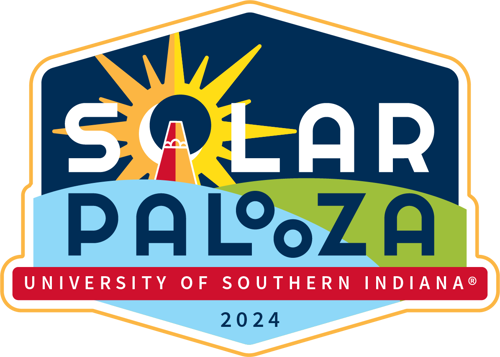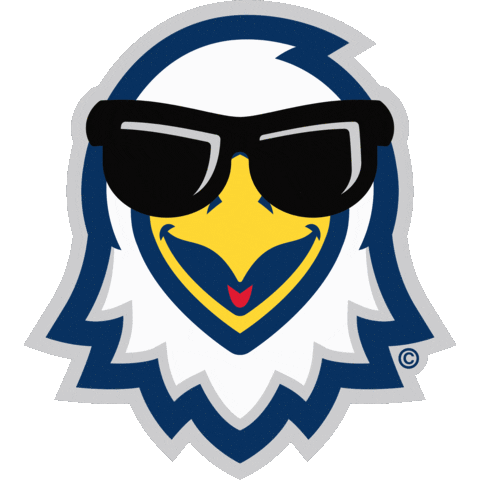Welcome to USI's Solar Eclipse teaching resources for elementary, middle and high school teachers. We've created tailored lesson plans, interactive activities, and short videos to teach students about the science, history and cultural significance of solar eclipses. Our resources are designed to make this captivating celestial event come to life in your classroom, ensuring an unforgettable learning experience for students at every level. We've also provided links to various lessons, activities and materials available on other educational websites.
Also, don't miss our Teacher Education Department workshops on April 8, 2024 at USI.

Links to partner resources
Offered April 8, 2024 on the USI Campus
To the Moon!
Come participate in a NASA engineering design challenge. This activity is targeted for upper elementary grades but families with children in the lower grades can easily participate as a team of engineers.
Located in the Screaming Eagles Complex, Room 259 from 9-11 a.m. (Space is limited)
Family and Community Engagement through Momentous Events
Join us as we facilitate a “town hall” discussion with participants about organizing and engaging their communities with significant natural events, such as the solar eclipse. Participants will leave with a call to action to improve family, community and K-12 engagement.
Located in the Education Center, Room 2117 from 9-10 a.m. (Space is limited)
For more information or to RSVP, contact Jeff Thomas.
The videos, made by education professionals at USI, give some examples of how to incorporate discussion of the eclipse into the standards, along with activities that may be useful in the classroom for preparing for the eclipse.
The following documents show ways to fit discussions of the upcoming eclipse into the Indiana education standards in science, math, and literacy for K-5, middle school, and high school students.

Remember to wear protective eyewear when viewing the eclipse!